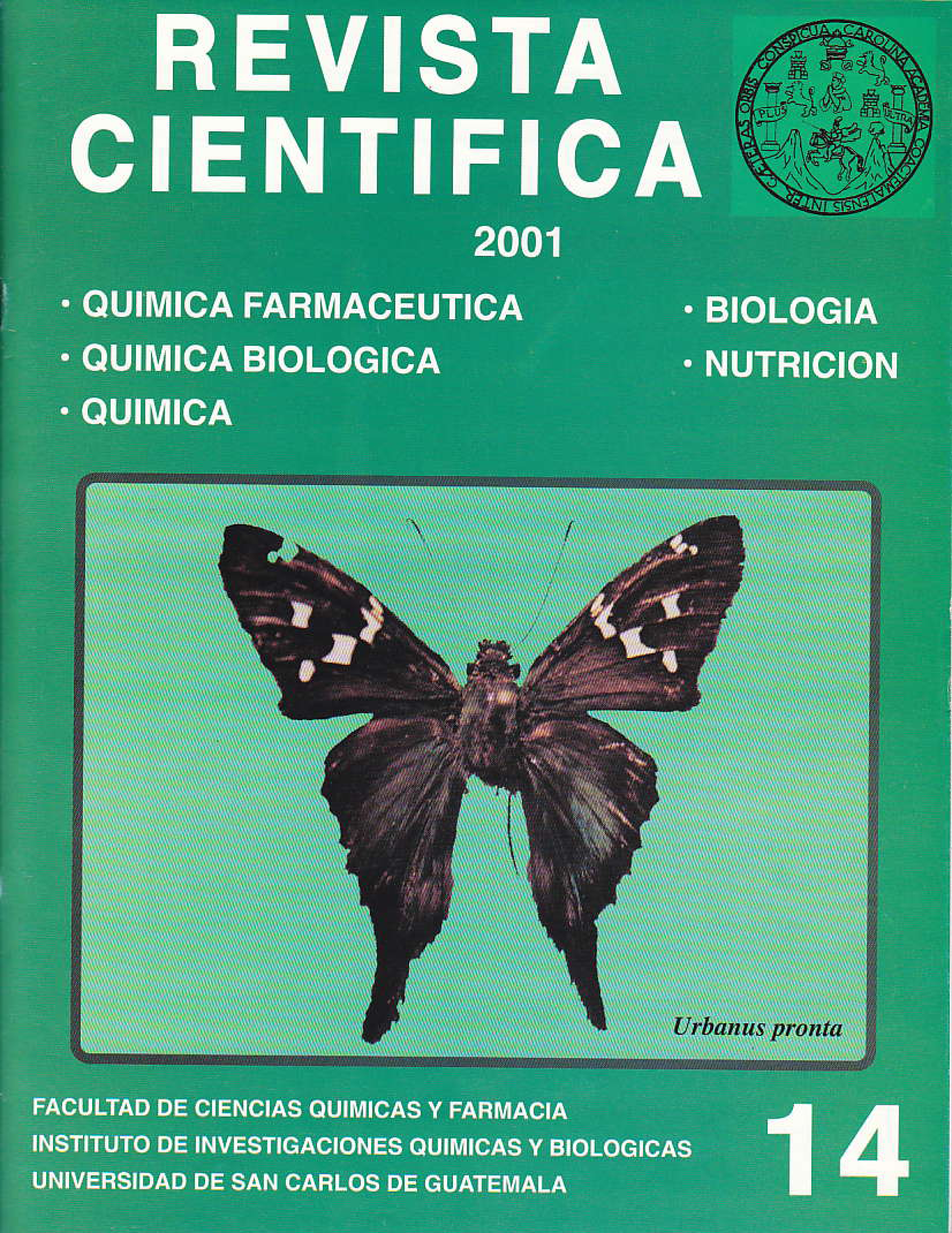Seed Rain Patterns in the Secondary Forest of Santa María de Jesus, Quetzaltenango
DOI:
https://doi.org/10.54495/Rev.Cientifica.v14i1.267Keywords:
Seed rain patterns, Secondary forest , Santa Maria de Jesus, QuetzaltenangoAbstract
The forest of Santa María de Jesús, Quetzaltenango, located to the south-east of the Santa Maria volcano, is one of the remnants of cloud forest in southwestern Guatemala. This type of forest is in danger due to shifting cultivation and other changes in land use. Like most Guatemalan forests, its specific composition is known but the dynamics of its regeneration have not been explored. In order to achieve better management and protection strategies, seed rain was monitored in two successional stages of the secondary forest of Santa María during one year (June 1997 to May 1998). These successional stages were represented by two plots of 2500m2 of different age and different development of vegetation cover. The composition was determined by dispersion syndrome (that is, how the seeds are dispersed, if by air, by animals, etc.), the intensity of the rain of seeds in the plots and the evaluation of the effect of the vegetation structure on the spatial pattern of seed deposition.
Downloads
References
.
Downloads
Published
How to Cite
Issue
Section
License
Copyright (c) 2001 J.F. Hemández, L. Madariaga, S. Loir

This work is licensed under a Creative Commons Attribution 4.0 International License.
Authors who publish with this journal agree to the following terms:
- Authors retain copyright and grant the journal right of first publication with the work simultaneously licensed under a Creative Commons Attribution License 4.0 that allows others to share the work with an acknowledgement of the work's authorship and initial publication in this journal.
- Authors are able to enter into separate, additional contractual arrangements for the non-exclusive distribution of the journal's published version of the work (e.g., post it to an institutional repository or publish it in a book), with an acknowledgement of its initial publication in this journal.
- Authors are permitted and encouraged to post their work online (e.g., in institutional repositories or on their website) prior to and during the submission process, as it can lead to productive exchanges, as well as earlier and greater citation of published work.









